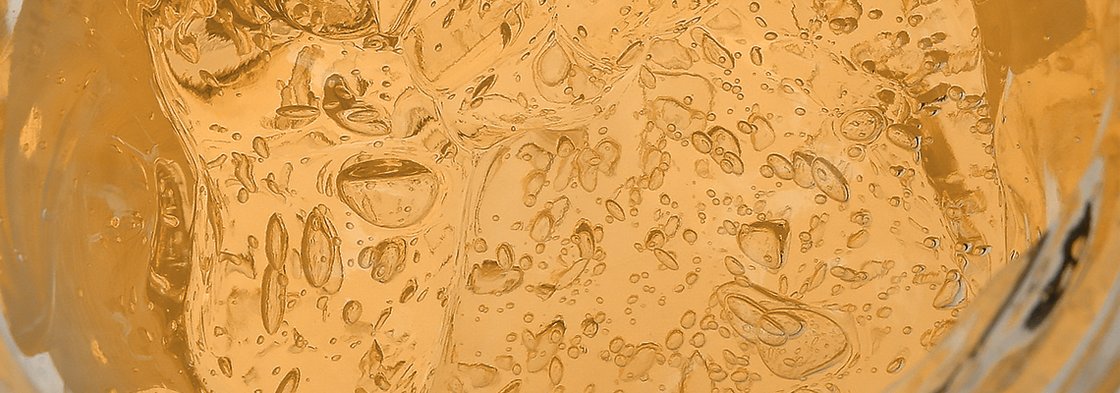Solvent-based adhesives
Dispersion based adhesives (watery systems)
100% systems
1 and 2-component-systems
FAQ Adhesive

Which adhesive systems are available?
How does the drying function?
The drying may be carried out by room temperature, depending on the adhesive used, which means that the volatile contents,
such as solvent-agents or water evaporate, leaving behind the solid parts of the adhesive.
However, there are adhesive which will reach their resistance only at an increased temperature during the drying process.
Here, the influence of the heat over a certain amount of time ignites a chemical reaction which cures the adhesive.
The manufacturers issue a so-called ‘Technical data-sheet’ with all their adhesives types containing the necessary
technical parameter which also includes the correct drying method.
What does “Pot life” and “Open time” mean?
One distinguishes the pot life from the so-called open time. In the case of the pot life is this the time period left after having mixed a 2-component-system,
until the chemical reaction of the curing starts. Once the pot life has expired and the adhesive is still being used, it might result in poor quality up to a reduced
or even non-existent adherence of the adhesive/flock pile to the substrate.
The open time is the time being used for flocking, during which the flock fibres previously charged in the electrical field may be shot into the adhesive layer.
Once the open time of an adhesive has expired, its surface starts forming a skin which prevents the flock fibres from anchoring themselves properly,
resulting in a scanty flock picture (insufficient density of the flock fibres onto the substrate).
